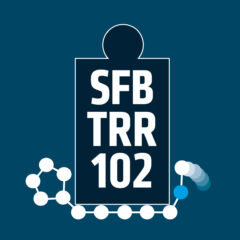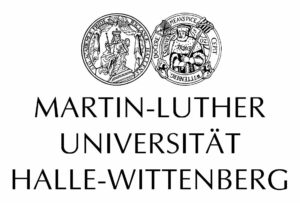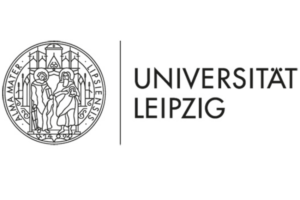University of Strasbourg, France
“From Isotactic Polystyrene (iPS) or Poly(p-methyl styrene) (ipPMS) to Semicrystalline iPS / POSS Hybrid Materials”
Abstract:
Nanostructured organic-inorganic hybrid materials are attractive families of structural and functional polymers with designed architectures and tailor-made property profiles. Hybrid molecules combine the good properties of ceramics, like mechanical reinforcement, flame retardancy and thermal stability, with easy processability of organic polymers. Functionalized nanosiliactes and silicate nanomolecules have attracted considerable attention in materials sciences because of their very high versatility with respect to molecular design of hybrid nanoparticles and unprecedented property combinations. Semicrystalline isotactic polystyrene (iPS) and syndiotactic polystyrene (sPS) are specialty engineering plastics which exhibit improved stiffness and higher dimensional stability as compared to atactic PS. Contrary to sPS, iPS does not crystallize during polymerization and stays soluble. However during melt-compounding or by annealing iPS crystallizes. […]


